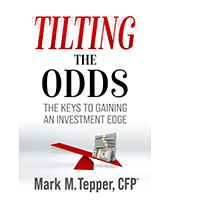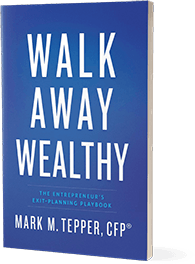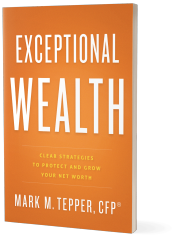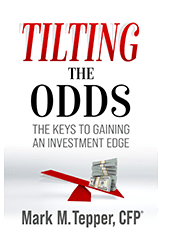The Dual Problem
It seems like many are having a hard reconciling two competing thoughts in their head. On the one hand, some see the banking crisis and the federal response and think the Fed has panicked and pivoted, or at least, they will, shortly. It’s time to stop panicking and start buying! Others see worldwide and US inflation staying awfully sticky, which will keep inflation higher for longer. The bear market is not over!
For my part, while investors have been very quick to celebrate lower inflation numbers, they’ve been slow to admit inflation has remained elevated, well above the Fed target of 2%. The Fed, unlike investors, are unlikely to say “Eh, the trend is going the right way, close enough.” What the Fed says instead is that they need to see inflation solidly lower, and they seem well aware that, in a vacuum, pausing on rates will just cause an explosion in activity that would reignite inflation. The Fed’s not going to pivot on some whimsical reason.
On the flip side, it’s fair to say that we are seeing increasing problems. Lending standards have gotten tighter, fewer deals are getting done, and we have seen banks fail. That said, the Fed seems comfortable that they have the tools to surgically manage banking problems. There are problems, but the Fed doesn’t see them as being big enough to force a change in stance.
Investors seem to want everything to happen at once. Skip to the end, grab the assets, and get rich. Unfortunately, hiking rates and getting through a credit crunch can take an excruciatingly long time. Much like the Hemmingway quote below, and like we saw in 2006-2009, a credit crisis is a process.

The most likely, real question is how long it will take for something to break badly enough that the Fed gets scared and pauses. That’s not really likely to be the end, though, as a recession already seems guaranteed. I expect many people would be surprised to hear that in the last crisis, the Fed started cutting rates in a panic in September of 2007, with a 50bps cut. Why were they panicked? The housing bubble was clearly bursting, and unemployment started to rise.
It’s the same deal, here. In my mind, I think the market may well be generally right that the Fed will cut rates later this year. They just don’t understand what that means. Particularly with their fear of persistent inflation, the only way the Fed will follow the market forecast of rate cuts soon is if something looks pretty bad. September of 2007 wasn’t a great time to buy the stock market, and a rate cut this year is likely to be the same.

We can, however, look for a pause. The Fed paused hiking rates after June 29th, 2006, and the market did pretty well, for a while. It’s hard to believe we’d have nearly the runway we did back then, with unemployment, margins, and the economy still looking pretty good, but we could get a bit of a party before our real crisis hits, rather than just the tremors we’ve seen, thus far.
In conclusion, the stock market has been spoiled by an accommodative Fed for roughly the last 15 years. Fears of persistent inflation have ended the Fed Put, but not everyone has received that message. Unfortunately, those people seem very likely to learn an expensive lesson, as the only way the Fed will bend is if inflation looks better. Considering that inflation is centered on a healthy Services economy, the only way inflation will settle down is if that Services economy slows down, something the market refuses to price in.
As they say, don’t fight the Fed. What some don’t realize is that also applies on the way down, as well. We’ll get lower inflation only when our service economy turns down. Getting there is unlikely to be friendly on broad stock prices.
 Enter your information below, and we will email you our new eBook, Tilting the Odds
Enter your information below, and we will email you our new eBook, Tilting the Odds




